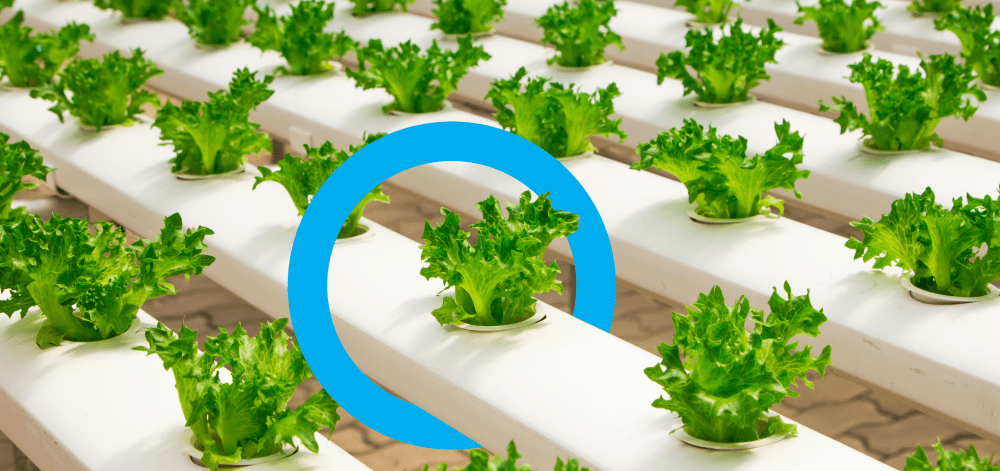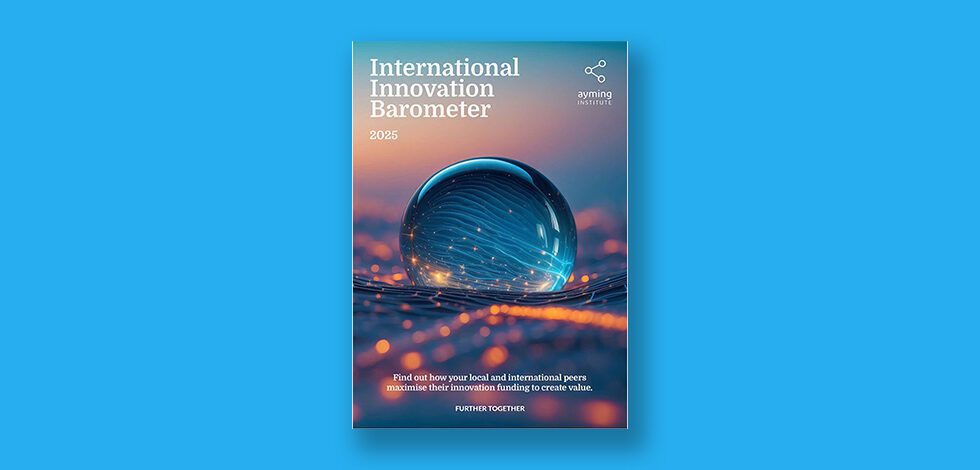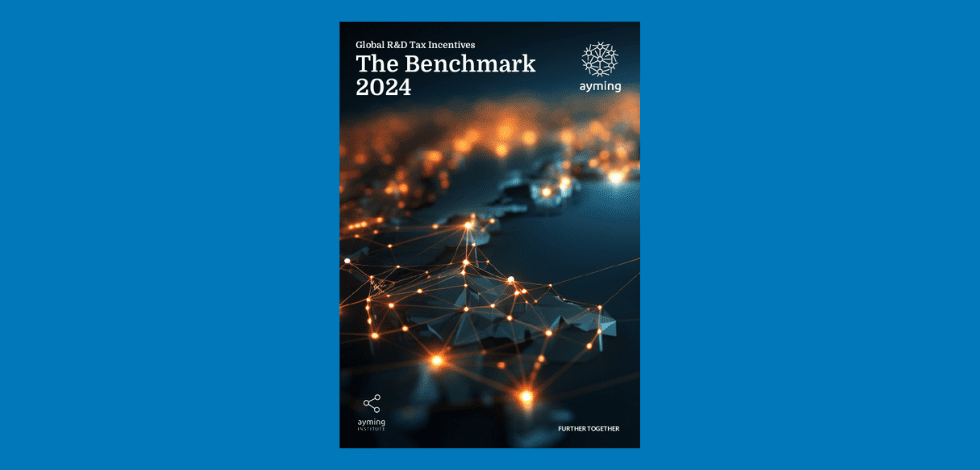Spreading climate-smart practices will allow more food to be produced in a sustainable way while shrinking agriculture’s carbon emissions. However, the carbon savings will be outweighed by livestock’s massive carbon hoofprint unless there are wider systemic changes in the world’s food markets and systems.
Global meat production more than tripled in 50 years (to 340t million in 2018), and the United Nations has projected it to double again by 2050.
Livestock is not only the most carbon-intensive protein source – methane from cattle is 28 times more potent as a greenhouse gas than carbon dioxide – it is also the most inefficient in terms of feed conversion, energy, land, and water use.
While half the world’s habitable land is used for agriculture, already, 80% of this is for livestock, dairy, and animal feed. Less than half (48%) of the cereals grown worldwide are for human consumption; 41% is fed to animals, and 11% used for biofuels. In the US, the human share is just 10%.
The sustainability argument for feeding plant protein to people rather than animals is compelling. Counterintuitively, agriculture will need less land, not more, to produce this plant-based food. The total would fall by 75% – from 4 to 1 billion hectares – in the hypothetical scenario of a global vegan diet. Even if the two-thirds of pastureland not suitable for arable farming were returned to nature to support biodiversity, the world can capably grow enough nutritious food for everyone on the cropland left.This is because meat production is inherently inefficient in terms of land use, inputs, and protein. It takes 100 times as much land to produce a gram of beef or lamb compared with peas or tofu. Beef has an energy efficiency of just 2%: for every 100 kilocalories in cattle feed, 2 kilocalories ends up on the plate. The efficiency of protein conversion is only slightly better: for beef, it is 3.8%; rising to 8.5% for pork, and 19.6% for poultry. Whole milk and eggs score around 25%.
Yet the taste for meat is embedded, and that appetite will continue increasing with rising incomes in the developing world. Alternative proteins that mimic meat can provide at least part of the answer. Demand has been growing strongly over the last decade for substitutes – from meat and fish to milk and eggs.
In 2020, US sales of plant-based foods grew by 27%, almost twice the rate of the total food retail market, according to the Good Food Institute (GFI). Plant-based ‘meat’ substitutes leapt by 45% to $1.4 billion. The global market was worth $4.2 billion, up 23.5%.
Around the world, more than 800 companies and brands are primarily focused on plant-based alternatives, or have a business unit or product line dedicated to replacing animal products.
The North American food producers that pioneered plant-based alternatives have taken alt-proteins into mainstream stores and fast-food outlets, and are now pushing prices closer to parity. Impossible Foods, Beyond Meat, and Before the Butcher have all made significant adjustments to overcome this major barrier to wider adoption.
The GFI, which promotes meat protein alternatives (including cultured meat and fermentation), has argued that this industry attracts less than its fair share of the overall R&D investment in carbon-neutral solutions. But 2020 was a record year for investment in the plant-based space, with a healthy $2.2 billion invested – almost half of all capital generated since 1980. The number of new investors increased by 44% to 196, including major multinationals and conventional meat companies as well as foodtech start-ups.
Ongoing plant-based innovations range from crop breeding and optimization to end-product manufacturing. There is also an increasing focus on products that reproduce the fibrous muscle textures of meat cuts, through developments in shear-cell technology, spinning, and 3D printing.
At Ayming USA, we provide you value by sharing our current oversight of the market and insights gained from working with ag businesses for the last 35 years. In our whitepaper, Cross-Fertilizing Innovation, we take a detailed look at the digital technologies that are pushing the current agricultural revolution and provide an expert understanding of what this all means for your ag business moving forward.











No Comments